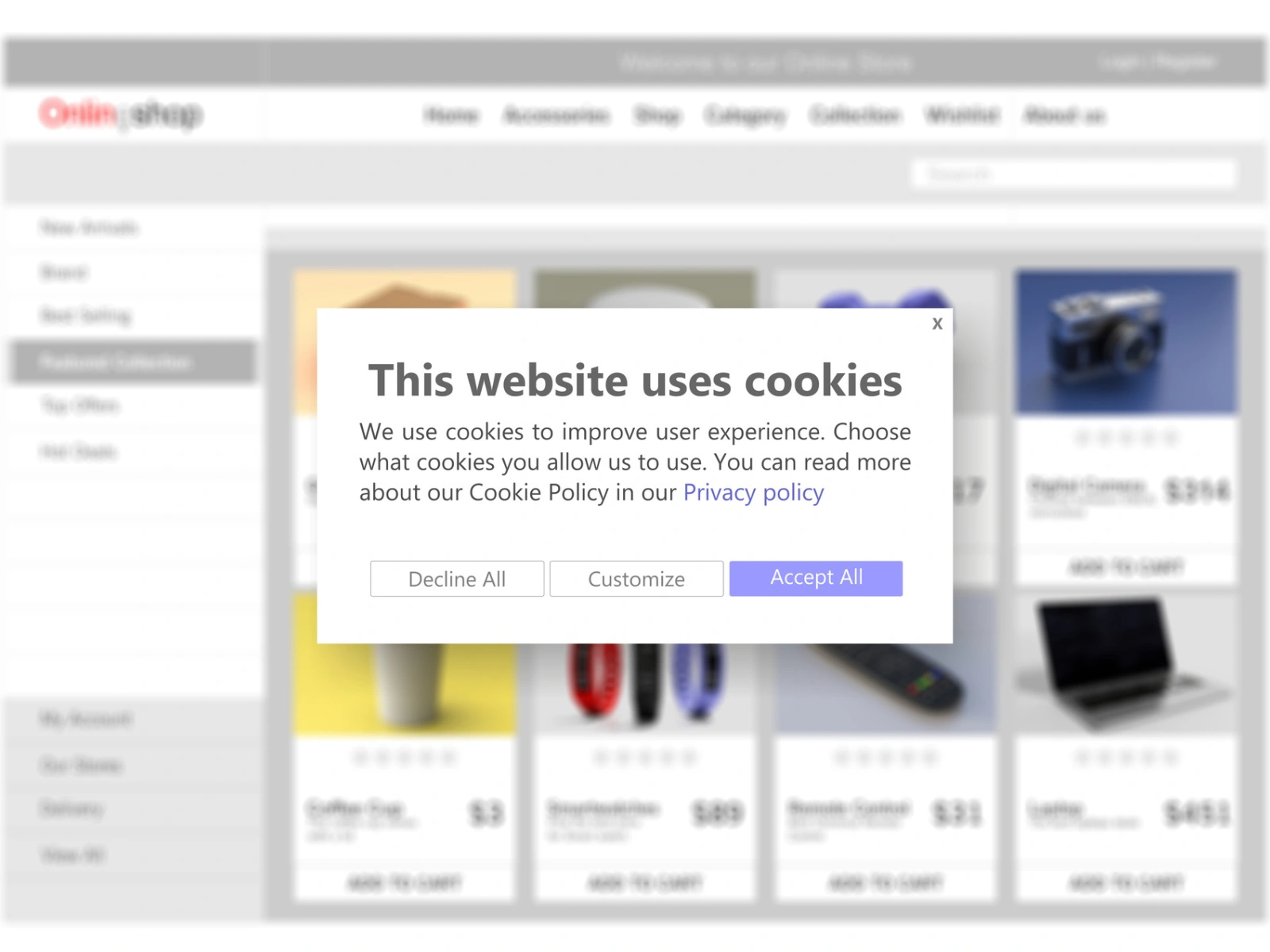Maximizing Impact with a MarTech Audit


In the world of nonprofits where every dollar counts towards reaching an organization’s goals, the need for technological efficiency is paramount. Yet, despite the best intentions, operational and technological disorganization can be prevalent.
A study by NTEN and TechSoup Global revealed that nonprofits in the United States allocate an average of 3-5% of their operating budgets to technology. However, without regular tech audits and updates, this investment can quickly become an area of significant financial drain. For instance, it’s not uncommon for a nonprofit’s development and communication departments to have overlapping tools that serve similar functions, leading to unnecessary expenditures. Anecdotal evidence suggests that the overlap between CRM (Customer Relationship Management) systems and email marketing tools can lead to a 10-15% overlap in functionalities, a clear indicator of operational waste.
In this context, regular MarTech (marketing technology) audits can ensure that a nonprofit’s investment in technology is not only justified but also optimized for maximum impact. Here’s why and how.
What is a MarTech Audit?
A MarTech audit is a deep dive into the digital marketing tools, applications, and technologies that a nonprofit uses. It’s a strategic review to understand the presence, utilization, and interactivity of these tools, ensuring they are in line with the organization’s mission and goals.
The Need for Regular MarTech Audits in Nonprofits
As nonprofits grow and their objectives shift, the technology they rely on needs to keep pace. Regular MarTech audits ensure that an organization’s technology stack is current, cost-effective, and effective in meeting fundraising, advocacy, and communication goals. They can reveal redundancies, underutilized tools, and integration gaps that, when addressed, improve the tech stack to increase performance and ROI.
The Benefits of MarTech Audits Across Platforms
Fundraising
By auditing fundraising tools, nonprofits can ensure that they are using the most effective platforms for online giving, peer-to-peer fundraising campaigns, and donor management. For instance, platforms like Fundraise Up can be assessed for their contribution to fundraising efforts.
CRM
A MarTech audit can help nonprofits evaluate whether their CRM system, such as Salesforce Nonprofit Success Pack or Nonprofit Cloud, ROI Solutions, or Blackbaud’s Raiser’s Edge, is providing a comprehensive view of their donors and managing interactions efficiently.
Advocacy
Tools like Engaging Networks and Bonterra Advocacy are vital for advocacy campaigns. An audit ensures that messages sent utilizing these tools are effectively reaching constituents and policymakers.
Peer-to-Peer
Platforms like Donor Drive, Classy, or TeamRaiser enable supporters to fundraise on behalf of the nonprofit. Audits can help determine if these tools are user-friendly and result in actual participant engagement with the organization over the long-haul. They also help measure how effective events are for raising funds.
Email Automation
Email marketing tools such as Engaging Networks, Luminate Online, and Salesforce Marketing Cloud and Marketing Cloud Account Engagement can be audited for their effectiveness in communication and donor retention strategies.
Conducting a MarTech Audit: A Step-by-Step Guide
- Define Goals and Objectives: Begin by laying a solid foundation for your audit. What are your nonprofit’s primary objectives? Is it increasing donor engagement, boosting fundraising efforts, or enhancing advocacy outreach? Each goal should be SMART: Specific, Measurable, Achievable, Relevant, and Time-bound. For example, you might aim to increase email campaign donations by 10% within the next quarter.
- Inventory of Current Stack: Compile a comprehensive list of all the digital marketing tools currently employed by your organization. This includes everything from your CRM systems, email marketing platforms, social media management tools, fundraising software, to analytics trackers. Document not only the name of the tool but also its purpose, the primary users, the cost, and the last time it was evaluated for effectiveness.
- Evaluate Effectiveness: Scrutinize each tool for its efficacy. How well does it meet the success criteria you’ve outlined? For instance, if your email automation system’s goal is donor retention, assess the open rates, click-through rates, and subsequent donation rates from these emails. This will help you understand which tools are performing well and which are falling short of your expectations.
- Identify Gaps and Redundancies: In this stage, you’re looking for tools that are underutilized or serve the same function as others in your stack. Perhaps you have two analytics tools when one would suffice, or maybe you’re using a social media scheduler that’s redundant because of an existing comprehensive marketing platform. Pinpointing these will not only cut costs but also streamline your team’s workflow.
- Integration and Data Analysis: Assess how seamlessly your tools communicate with one another. The key to a powerful MarTech stack is integration: data should flow smoothly between systems. For example, your fundraising software should integrate with your CRM to ensure donor information is up to date across all platforms. Lack of integration can lead to data silos, inefficiency, and a disjointed understanding of donor behavior.
- Develop an Optimization Plan: Armed with the insights from your evaluation, draft a plan to improve your tech stack. This might include phasing out redundant tools, investing in new technologies that fill identified gaps, or consolidating tools for better integration. This plan should align with your budget and include a timeline for implementation.
- Implement and Monitor: Put your optimization plan into action. Implement changes methodically, ensuring that your team is trained on any new tools. Then, closely monitor the effects of these changes on your marketing efforts. Are you seeing improved efficiencies? Is your ROI on the rise? Adjust your strategy based on these observations to continuously refine your tech stack.
The continuous process of revisiting and refining MarTech keeps a nonprofit’s marketing efforts aligned with its evolving strategy and the ever-changing digital landscape, ensuring that every technology dollar spent is a step toward achieving an organization’s mission.
Your tech spend should increase your reach and your impact.
Want to receive a FREE MarTech audit Template?
Streamline your platforms and ensure that your tech is furthering your mission by submitting this form.
Related resources

Thanks! You’ll hear back within 48 business hours
In the meantime, why not check out our latest case study?

Whether you need help with a project, want to learn more about us, or just want to say hi, you’ve come to the right place.






